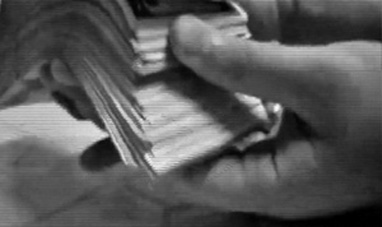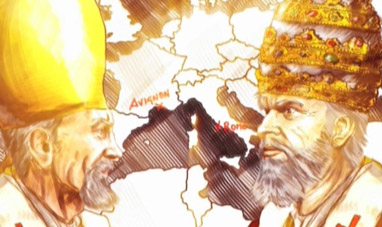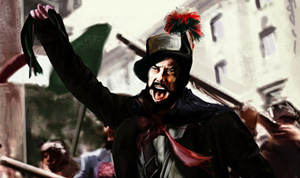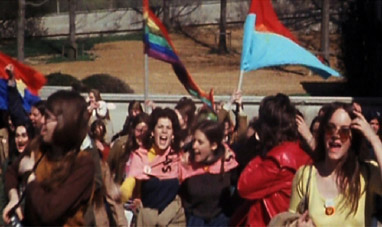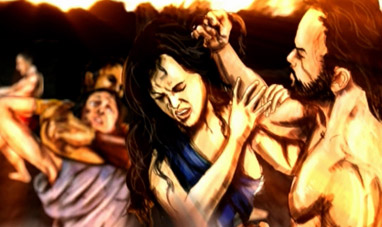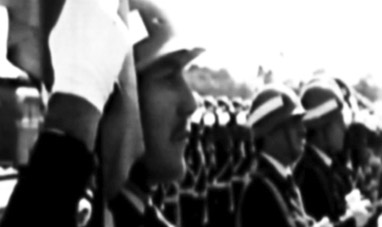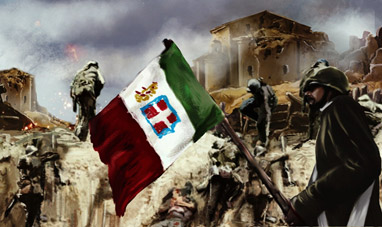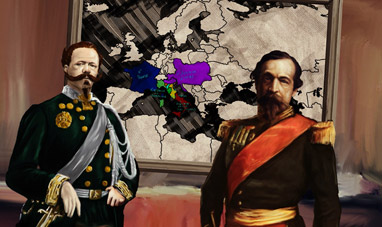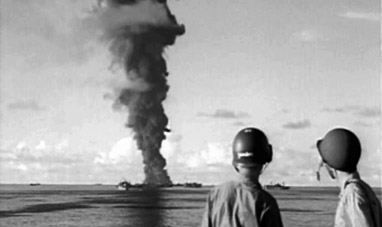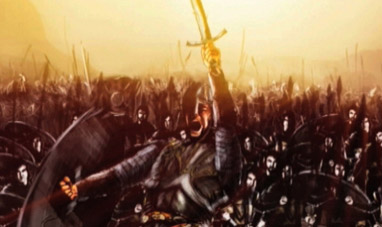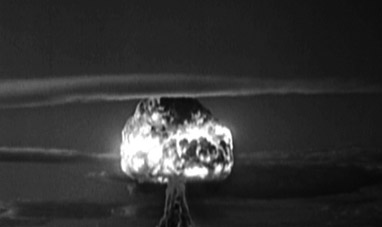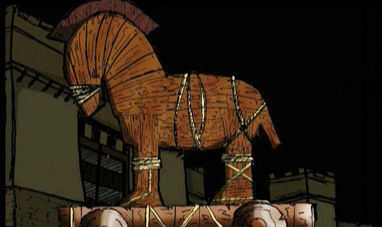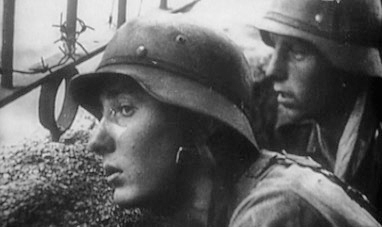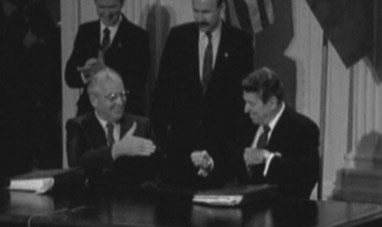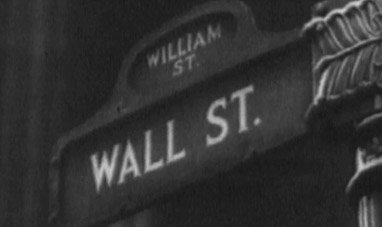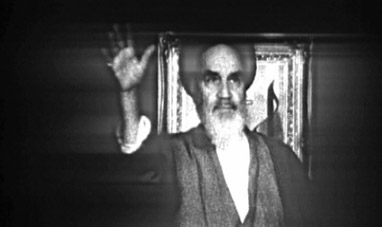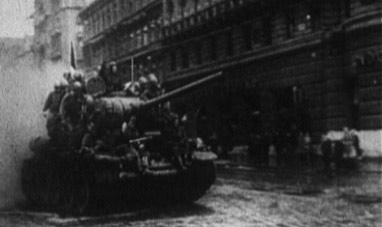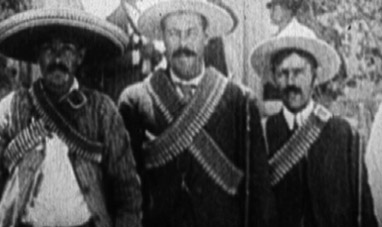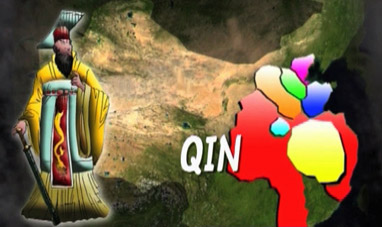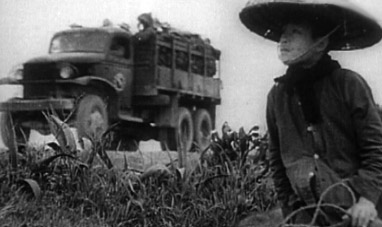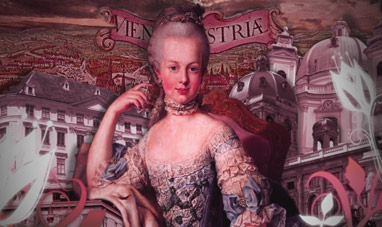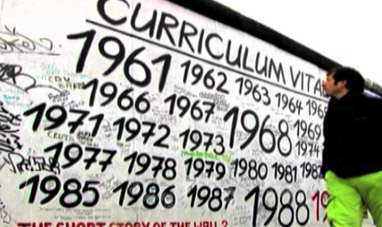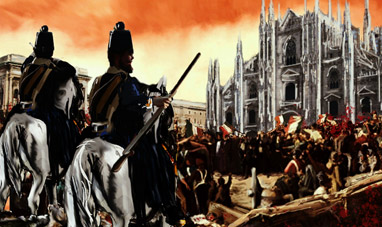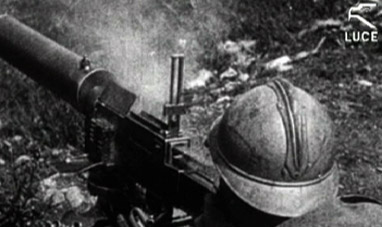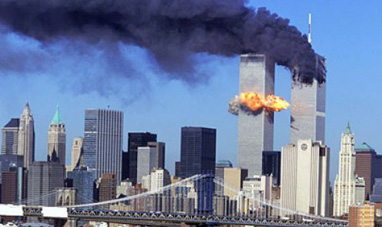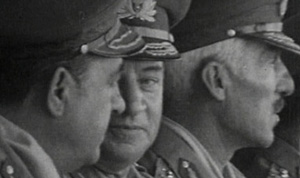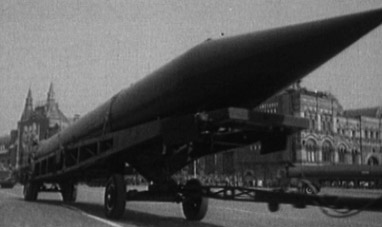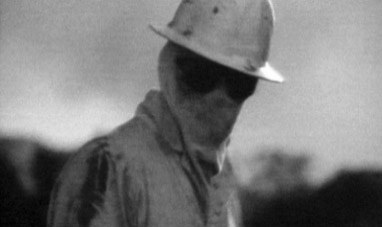In July of 1789, exasperated by misery and the lack of food, the population of Paris took to the streets to overturn the ruling Monarchy. The French Revolution had begun. Eighteenth-century French society was organized into three social classes, called Estates: the clergy, the nobility, and the Third Estate, made up of peasants and the bourgeoisie.The country was ruled by an absolute monarchy. Nobility and the clergy were exempted from taxes, leaving the entire fiscal burden squarely on the shoulders of the Third Estate.The bourgeoisie, made up of merchants and professionals, led the protest. They were cut out of political life, and demanded more freedom and lower taxes. The peasants were suffering, crushed by rising prices and mounting poverty.
In 1789 France was on the verge of bankruptcy. Instead of being invested to support the nation’s economy, the country’s resources were being used to finance luxurious lifestyles at the Versailles court. Meanwhile, thousands of French people were starving to death.
King Louis XVI was unable to come up with a solution. Incompetent and naïve, the nobility conspired to isolate him, considering the crisis an opportunity to gain more power.
On May 5, 1789, the king called a meeting of the Estates-General, delegates for the three Estates, calling upon them to come up with a solution. Each Estate had one vote to cast for each decision. Although the Third Estate accounted for 98% of the French population, it was always on the losing side, since the nobility and clergy voted together. On June 17 representatives of the Third Estate abandoned the Estates-General. They convened a separate assembly that they called the National Assembly, during which they solemnly swore to remain united, to overturn the Monarchy and draft a Republican Constitution.
The king ordered the Assembly to be dissolved. A revolt erupted in Paris and soon spread to the rest of France. On July 14, 1789, insurgents stormed the prison known as the Bastille, symbol of the monarchy, and conquered it. Louis XVI was powerless. The revolutionaries were now in control. The revolutionaries were divided into two factions: the moderates, who were willing to engage in talks with the king, and the radicals, who intended to crush the monarchy. The latter, called Jacobins, were led by Maximilien de Robespierre, a bourgeois lawyer.
In 1792 the Jacobins won a majority at the assembly, removed the king from power, and proclaimed the Republic. On January 21, 1793 Louis XVI was guillotined. The revolutionaries conceded freedom and rights to the French people, but remained unable to solve the economic crisis afflicting the country. The economic reforms they introduced pleased either the general populace or the bourgeoisie at turns, never both. Malcontent grew, resulting in new revolts. Robespierre’s government reacted by becoming a dictatorship and executing its opponents. A period known as the Reign of Terror had begun.
In July 1794, Robespierre lost his majority in the Assembly and was sentenced to death. A moderate Parliament took office, but it too proved unable to restore stability to France. On November 9, 1799, army officer Napoleon Bonaparte successfully mounted a coup d'état and seized power. The revolutionaries were forced to retreat. The Napoleonic era had started.
In 1789 France was on the verge of bankruptcy. Instead of being invested to support the nation’s economy, the country’s resources were being used to finance luxurious lifestyles at the Versailles court. Meanwhile, thousands of French people were starving to death.
King Louis XVI was unable to come up with a solution. Incompetent and naïve, the nobility conspired to isolate him, considering the crisis an opportunity to gain more power.
On May 5, 1789, the king called a meeting of the Estates-General, delegates for the three Estates, calling upon them to come up with a solution. Each Estate had one vote to cast for each decision. Although the Third Estate accounted for 98% of the French population, it was always on the losing side, since the nobility and clergy voted together. On June 17 representatives of the Third Estate abandoned the Estates-General. They convened a separate assembly that they called the National Assembly, during which they solemnly swore to remain united, to overturn the Monarchy and draft a Republican Constitution.
The king ordered the Assembly to be dissolved. A revolt erupted in Paris and soon spread to the rest of France. On July 14, 1789, insurgents stormed the prison known as the Bastille, symbol of the monarchy, and conquered it. Louis XVI was powerless. The revolutionaries were now in control. The revolutionaries were divided into two factions: the moderates, who were willing to engage in talks with the king, and the radicals, who intended to crush the monarchy. The latter, called Jacobins, were led by Maximilien de Robespierre, a bourgeois lawyer.
In 1792 the Jacobins won a majority at the assembly, removed the king from power, and proclaimed the Republic. On January 21, 1793 Louis XVI was guillotined. The revolutionaries conceded freedom and rights to the French people, but remained unable to solve the economic crisis afflicting the country. The economic reforms they introduced pleased either the general populace or the bourgeoisie at turns, never both. Malcontent grew, resulting in new revolts. Robespierre’s government reacted by becoming a dictatorship and executing its opponents. A period known as the Reign of Terror had begun.
In July 1794, Robespierre lost his majority in the Assembly and was sentenced to death. A moderate Parliament took office, but it too proved unable to restore stability to France. On November 9, 1799, army officer Napoleon Bonaparte successfully mounted a coup d'état and seized power. The revolutionaries were forced to retreat. The Napoleonic era had started.



